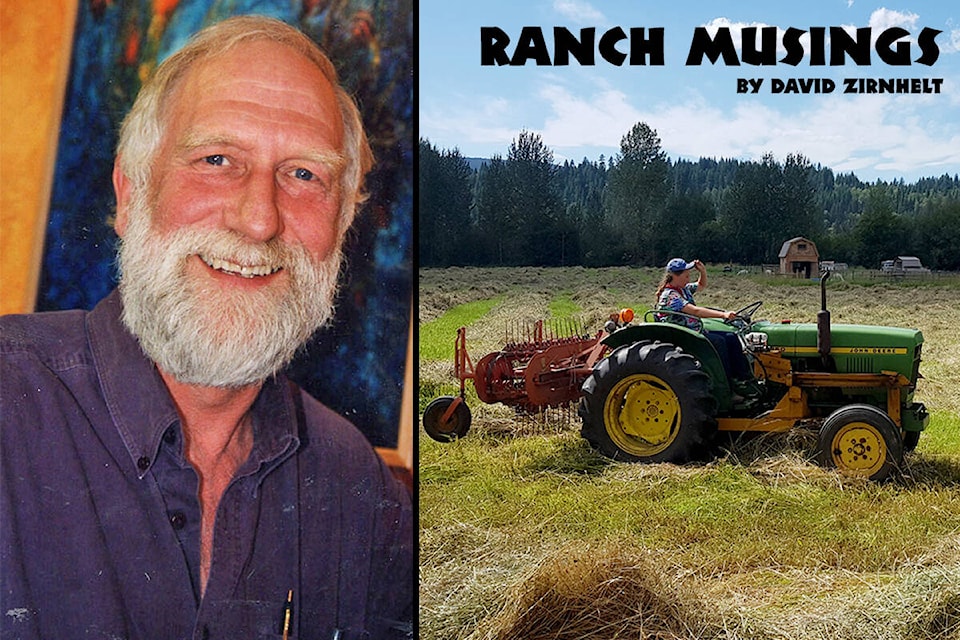One hears and reads that despite fears over a war in the “first world” and the prospect of a rise in COVID cases, at our peril, we can easily forget about the on-the-ground changes here and now in our environment.
What are we living with daily this spring and what do we need to do to adapt and mitigate climate change?
Water, sun, soil, inflation driven by supply chain changes: these are all worthy of comment, reflection and action.
Sometimes reality, the market, and scientific information don’t line up for us to make our life manageable.
Let me start with water. Recently I have noticed that the mild winter and the lack of frost have meant that melting snow and early spring rains are running into the ground. This is probably good to replenish water tables, but we have to be mindful of springs that can water our livestock, or which may need to be drained from roadways and avoided in our fields.
Getting stuck is never a joy and can create more destruction as one labours to get unstuck!
An instance here at home is the rising water levels in the adjacent lakes, which seem to be coming early. Pushing back fallen trees on the field edges needs to be done earlier than usual. They interfere with harvesting hay.
At the same time, the combination of little or no frost to carry equipment or cattle feet means that pastures and fields need to be protected from trampling. If this is early, then we must adjust what we do to be ready for spring.
READ MORE: ZIRNHELT: Time to rebrand the word cowboy?
In our case calving will begin in three weeks so we must be ready with the location of the feed and water for the cattle.
This may not seem like a big deal, but it does require rethinking what daily and seasonal routines need to be adapted to continue to care for the land and livestock. ‘Roll with it you say!’ I say, we agree.
The seasons with varying dry and wet aspects challenge us to be ready when the right time biologically comes to apply amendments—even if it is just spreading manure. We need to have the seed in the ground when the soil has warmed and is dry enough to cultivate if that is what our management plan calls for.
Then there is the sun. Cattle and humans alike must be shielded from too much strong sun. Do you have trees or shelters for the livestock to get out of the penetrating rays during the ever more frequent hot days?
Speaking of sun and heat, crops can dry out so is your soil ready to soak up and hold the moisture that falls, or do you have irrigation to keep the crops growing during hot spells?
The last challenge of the day is the fluctuation of the market brought on by the world’s pending shortages of food.
Are we ready to pivot, and sell when we aren’t used to selling or buying when we haven’t historically done so?
Flexibility to change strategies with the progress (timing and intensities) of seasons is very much the watchword these days.
newsroom@100milefreepress.net
Like us on Facebook and follow us on Twitterstrong
